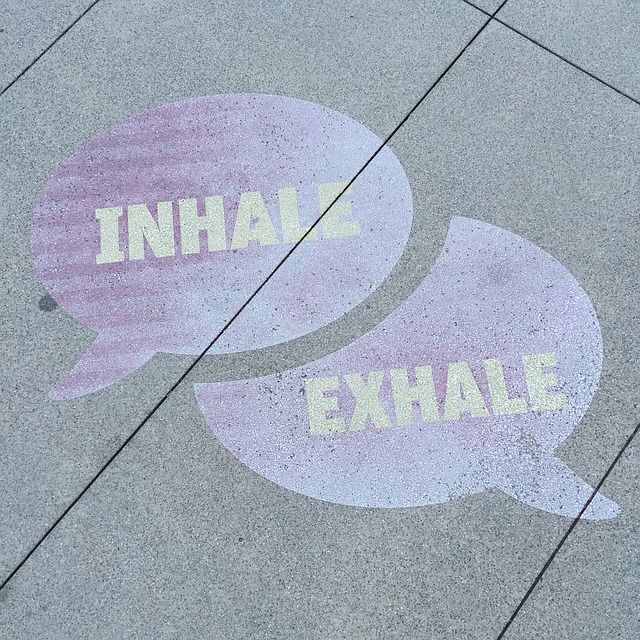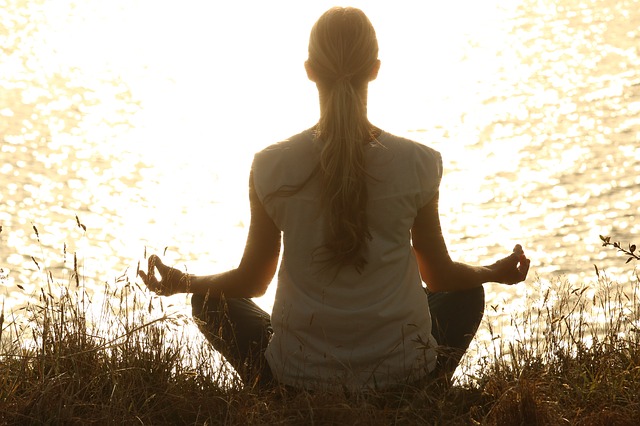Our bodies respond not just emotionally, but also physically in response to the daily life stressors that we face. While watching TV, listening to music, reading, or hanging out with friends and family might help one relax and forget about stress temporarily, it will not counter the long-term negative effects that it has on one’s body. Therefore, it becomes important to practice some form of relaxation exercise on a regular basis. Following are some relaxation techniques that you can practice on a daily basis –
Deep Breathing
How we breathe often plays a very pivotal role in how anxious or stressed we feel in a certain situation. We often do not realize, that when stressed we tend to take shallow breaths. As a result, our oxygen intake reduces and muscle tension increases. Thus, to cope with this practice slow and deep breathing. To do this, follow the below steps –
- Place your hand on your belly so that while breathing in you can feel your belly expand like a balloon.
- Hold your breath for five seconds and then let go your breath from your mouth as you feel the air expel from your belly, like a balloon getting deflated.
- Repeat this cycle 10-15 times.

Progressive Muscle Relaxation
This requires one to systematically tense and then relax a group of muscles of one’s body, starting from one’s feet, and then progressing in an upward direction. Thus, to do this, follow the below steps –
- Close your eyes as you sit or lie down in a comfortable position.
- Then starting from the bottom, tense the muscles of your right foot. Hold it for 10 seconds, but not in a manner too tight.
- Then feel the tension flows away from your body as you relax the muscles.
- Move on to your left foot and then in the following direction – calf, thigh, hips, stomach, chest, back, hand, arms, shoulders, neck, face, and head.
Mindfulness Meditation
Mindfulness meditation is a way of focusing on one’s present surroundings, rather than thinking about one’s past or future. Thus, it requires you to start by focusing on any one aspect of your breathing (such as the sensation of air entering your nose, or your belling expanding and contracting), and then slowly shift your focus to any object (such as a burning candle) or sensation of your choice from your surrounding.

Visualization
This requires one to conjure up an image of a place that one finds peaceful, calming and safe. This image could be a place that you have visited yourself or could be something you build out of your creative imagination. To do this, thus, follow the below steps –
- Sit comfortably, close your eyes and breathe gently as you imagine yourself in this place.
- Feel your body relax as you experience the different bodily sensations as a result of being in that place.
Yoga
Yoga serves both physical and mental benefits as it combines rhythmic breathing along with different body postures. Thus, it helps not only calm one’s mind and body but also enhances flexibility, balance, and stamina.
Exercise
Include some form of physical exercise in your day-to-day routine as this will help you not only stay fit physically, but will also elevate your mood, and help combat stress and anxiety through the release of different endorphins.

